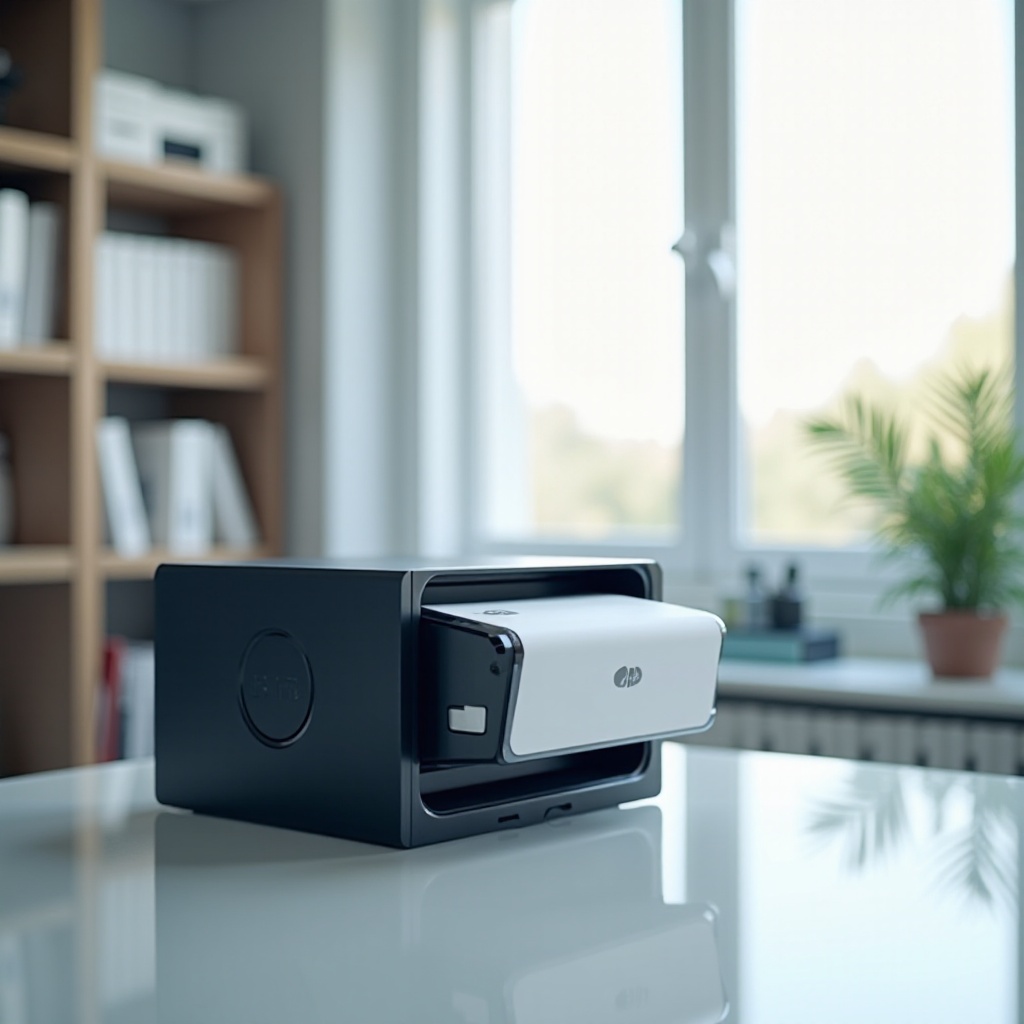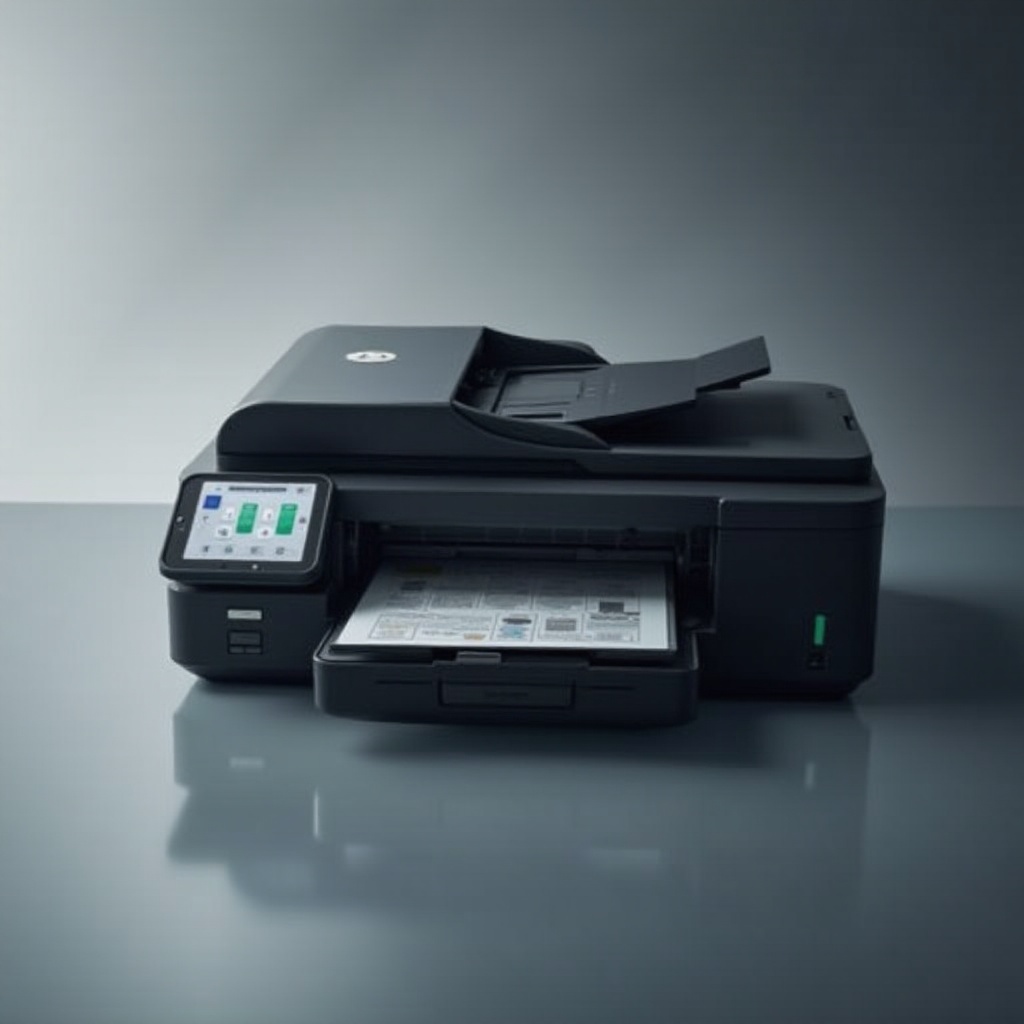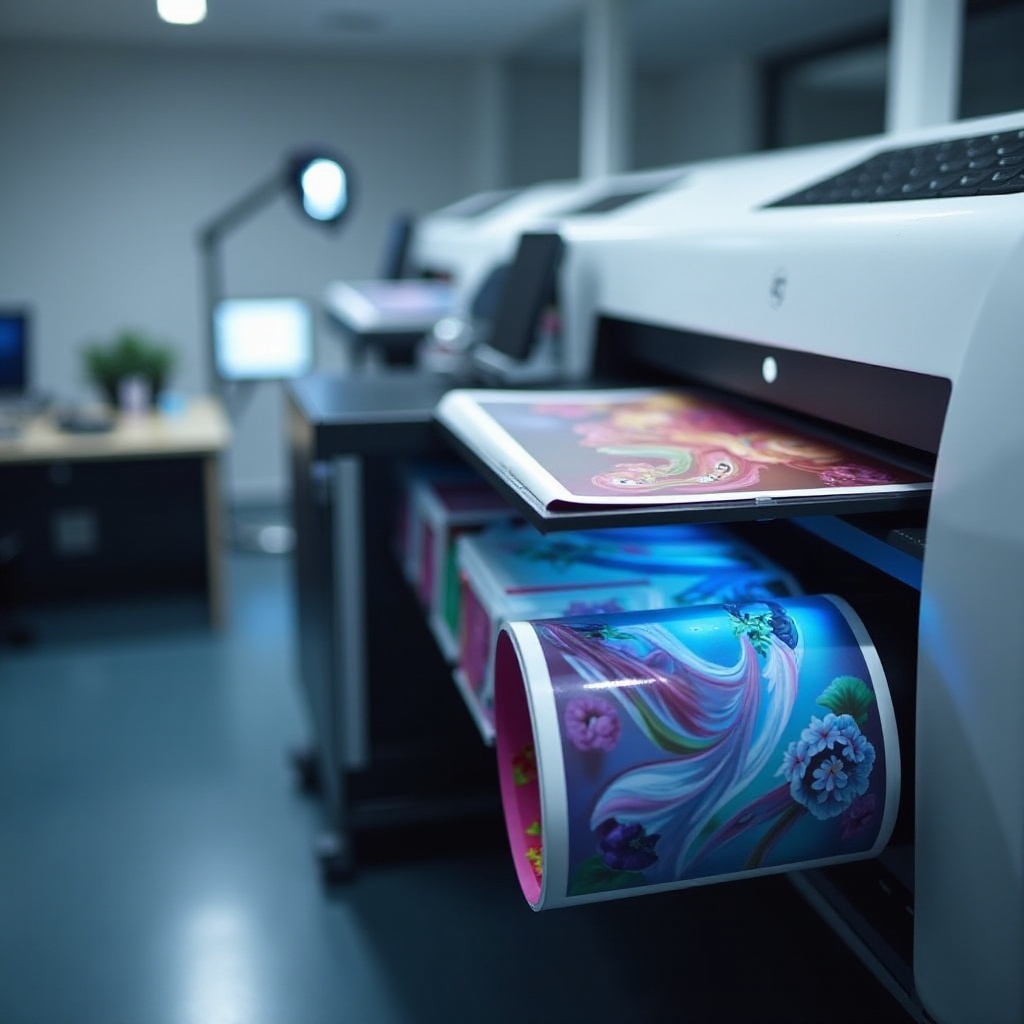What are DTF Printers?
Introduction
DTF printers are revolutionizing the printing industry. Using innovative technology, they offer unparalleled versatility and efficiency. These printers have gained popularity for their unique ability to produce high-quality prints on various materials, making them a favorite among businesses and hobbyists. Whether you're in the textile industry, an entrepreneur, or a craft enthusiast, understanding DTF printers can open up a world of creative possibilities.

Basics of DTF Printing
What Does DTF Stand For?
DTF stands for 'Direct-to-Film' printing. Unlike other printing techniques, DTF involves printing designs onto a special film and then transferring them onto the desired material. This process allows for vibrant, detailed images that are durable and long-lasting.
How DTF Printers Work
DTF printers utilize a straightforward yet sophisticated process. First, the printer applies ink to a specialized transfer film. Once the design is complete, a layer of adhesive powder is applied to the wet ink. The film is then heated to cure the adhesive and solidify the ink. Finally, the design is transferred from the film to the pre-treated fabric or material using a heat press. This entire process ensures high-quality, crisp prints with excellent color reproduction.
Key Features of DTF Printers
Unique Printing Techniques
DTF printers stand out due to their unique method of transferring designs. This technique allows for prints on a wide array of materials, including polyester, cotton, nylon, and even leather. The versatility in materials means you can create customized products that cater to diverse markets.
Ink Types and Their Benefits
The inks used in DTF printers are specifically designed for their role. These include water-based pigment inks that offer vibrant colors and long-lasting durability. The inks are also eco-friendly, making DTF printing a sustainable choice for environmentally conscious businesses.
Printer Components
A typical DTF printer setup includes several key components:
- Printer: Specially designed to handle the transfer film and inks.
- Transfer Film: The medium onto which the design is initially printed.
- Adhesive Powder: Applied to the wet ink to create a sticky layer for transfer.
- Heat Press: Used to transfer the design from the film to the final material.
- Curing Unit: Heats the adhesive and solidifies the ink for a durable print.

Benefits of Using DTF Printers
Versatility in Printing Materials
DTF printers are unique in their ability to print on a wide variety of materials. This includes not only traditional fabrics like cotton and polyester but also non-traditional materials such as leather, nylon, and more. This versatility expands your creative horizons and opens up new business opportunities.
Cost Efficiency
One of the significant advantages of DTF printing is its cost-effectiveness. The materials required for DTF printing are relatively inexpensive, and the process itself is straightforward, reducing production costs. This makes it a viable option for small businesses and start-ups looking to lower expenses without compromising on quality.
High-Quality Print Outputs
DTF printers consistently produce prints of superior quality. The colors are vibrant, the details are sharp, and the prints are durable. These high-quality outputs make DTF printers an excellent choice for producing professional-grade merchandise and custom products.

Applications of DTF Printers
Textile Industry
DTF printers are widely used in the textile industry for creating intricate designs on various types of fabrics. From T-shirts to hoodies, manufacturers can produce detailed, multi-color prints quickly and efficiently.
Personalized Merchandise
Businesses and individuals alike use DTF printers to create personalized merchandise. This includes custom logos, names, and designs on items such as bags, hats, and even shoes. The ability to print on-demand makes it easy to offer personalized products to customers.
Small Business Usage
DTF printers are an excellent investment for small business owners. They provide a cost-effective way to produce high-quality products in small quantities. This is perfect for start-ups and niche markets that require flexibility and quick turnaround times.
Comparing DTF Printers with Other Technologies
DTF vs DTG (Direct-To-Garment)
DTG printing is another popular method, especially for custom apparel. While it offers high-quality prints directly onto garments, it is limited to certain types of fabrics and may not be as durable as DTF prints. DTF printers, on the other hand, offer more versatility in material options, making them ideal for businesses that need to print on various substrates.
DTF vs Sublimation Printing
Sublimation printing is renowned for its ability to produce vibrant prints on polyester fabrics and coated materials. However, it lacks the flexibility of DTF printing, which can be used on a wider range of materials. Additionally, sublimation prints may fade over time, whereas DTF prints maintain their vibrancy and durability longer.
Pros and Cons of Each Technology
DTF Printing: - Pros: Versatile in material options, durable prints, cost-effective. - Cons: Requires a heat press and curing unit, initial setup can be complex.
DTG Printing: - Pros: High-quality prints, straightforward process, ideal for apparel. - Cons: Limited to specific fabric types, less durable prints, higher maintenance costs.
Sublimation Printing: - Pros: Excellent for polyester and coated materials, vibrant prints. - Cons: Limited to specific substrates, prints may fade over time, not suitable for dark fabrics.
Conclusion
DTF printers are an exciting advancement in the printing world, offering numerous benefits over traditional methods. Their versatility, cost-efficiency, and ability to produce high-quality prints make them an attractive option for various industries. Whether you are a small business owner or part of a larger manufacturing operation, DTF printing can provide the tools you need to expand your product offerings and improve your production processes.
Frequently Asked Questions
What materials can be used with DTF printers?
DTF printers are incredibly versatile and can print on a wide range of materials, including cotton, polyester, leather, nylon, and various synthetics. This flexibility allows for diverse product offerings.
How long do DTF prints last on garments?
DTF prints are known for their durability. When properly applied and maintained, DTF prints can last the lifetime of the garment, maintaining their vibrancy and detail through numerous washes.
What is the cost of maintaining a DTF printer?
Maintaining a DTF printer is relatively cost-effective. Regular maintenance includes cleaning the print heads, ensuring the ink and adhesive are at optimal levels, and occasional parts replacement. Compared to other printing technologies, DTF printers are economically advantageous, especially for small businesses.



